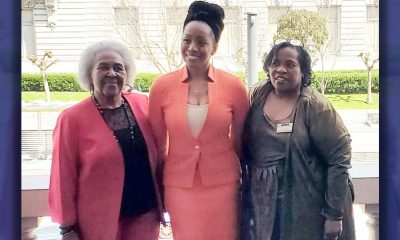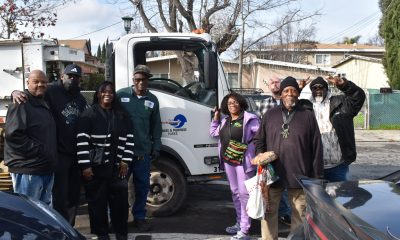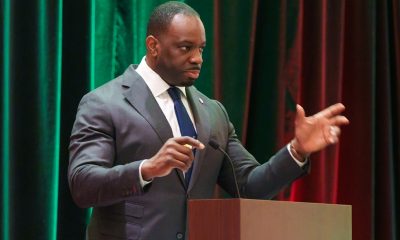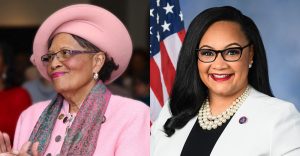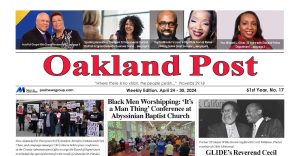#NNPA BlackPress
OP-ED: Building democracy 60 years after the March on Washington
NNPA NEWSWIRE — Sixty years ago, more than 200,000 people descended upon the National Mall for the March on Washington for Jobs and Freedom, making a stand for freedom and equality. Black people, women, and poor people had been treated like second-class citizens for too long, and it was time to demand justice.
The post OP-ED: Building democracy 60 years after the March on Washington first appeared on BlackPressUSA.


By Tamieka Atkins
Sixty years ago, more than 200,000 people descended upon the National Mall for the March on Washington for Jobs and Freedom, making a stand for freedom and equality. Black people, women, and poor people had been treated like second-class citizens for too long, and it was time to demand justice.
The March led to unprecedented federal legislation addressing the systemic racism and economic injustices that had plagued Black people through slavery and the Jim Crow era. Within a year, the Civil Rights Act of 1964 was signed, followed by the National Voting Rights Act of 1965 a year later. Sit-ins, protests, and other demonstrations set the stage for change, but the March on Washington set a new standard for civic engagement and exemplified the impact that could be accomplished when we organize broad coalitions toward a common goal. Those lessons will stand the test of time. The march remains a call to action for social justice advocates to continue the fight against discrimination, voter suppression, police brutality, and wage disparity. It is also a platform to elevate the greater narrative on racial injustice.
Now, as we commemorate August 28, 1963, we understand that while progress has been made, we have so much more work to do. Our democracy is fragile, and we face new threats each day.
In Georgia, threats against democracy linger around every corner. Over the past five years alone, potential voters have faced a new wave of voter purges, the elimination of polling places, reductions in early voting options, limitations on the use of mail-in/absentee ballots, efforts to undermine poll workers and legislation that would subject citizens to a criminal investigation by the Georgia Bureau of Investigation for claimed suspicion of voting irregularity. We’ve always been a hotbed for civil rights and social justice, but recent years have shown just how far some people will go to suppress the will of the people. The needs of real people too often take a backseat to partisan jockeying, rampant mis- and disinformation, and wholesale agendas reversing decades of legal precedent promoting equity. At this moment, we cannot afford to view the March as a thing of the past. The fight for our most basic civil rights never ended. We need urgent action and consistent civic engagement.
That’s why for more than a decade, ProGeorgia has worked to help uphold the legacy of community organizing, civic engagement, and viable policy change set forth by the trailblazers behind the March on Washington. Alongside our 61 partner organizations, we continue to employ smart, robust, and innovative strategies to rebuild democracy and magnify civic engagement. While we organize for equity in our state, we also try to provide a framework for creating people-centered, positive change nationwide.
What we’ve found most effective is centering our work around three major premises: relational, rather than transactional engagement; elevating the values, views, voices and leadership of women of color; and embracing, amplifying, and mobilizing young people.
“Change happens at the speed of trust,” said Stephen M.R. Covey, and the Rev. Jennifer Bailey added that “relationships are built at the speed of trust, and social change happens at the speed of relationships.” Thus, longstanding, systemic, and generational change is built over time by creating meaningful relationships. It’s not enough to rally folks for a single election or campaign. You must give people a real reason to believe that their voice and vote matters. Even more, you must show them how to engage in the democratic process regularly, beyond election cycles, and remind them that our systems are only as strong as the people who run them. We must hold those elected and appointed officials accountable to the will of the people.
Beyond non-transactional relationships, it’s important to center and elevate the voices, values, and leadership of people guiding this work every day, many of whom are Black women and women of color. The face of civic engagement must reflect the communities being served. We need more brown, black, queer, and differently-abled people as activists, organizers, candidates, policymakers, judges, district attorneys, and lawmakers.
Even as we strive toward greater inclusivity, we must also embrace and elevate the ideals and actions of young people. At the time of the March on Washington, Martin Luther King, Jr. was 34 years old, and Georgia’s own senior statesman, John Lewis, was just 23 and a fierce advocate for justice. Young people have always been at the heart of movements for civil rights and social justice, and real progress requires that we continue to amplify their efforts. Engaging them today means speaking their language and empowering them to engage on their own terms.
So, the 60th anniversary of the March on Washington represents a commemoration and a continuation of the work that’s already been done to make America live up to her promise. As Anna Hedgeman wrote in her memoir The Trumpet Sounds: A Memoir of Negro Leadership, “We will not rest until there is justice in our beloved country, and we know that as justice comes to all Americans, it will come in increasing measure to the rest of the world.”
Tamieka Atkins is the executive director of ProGeorgia, a nonprofit dedicated to strengthening democracy in the state. To learn more about our effort to protect Georgians’ voter rights, visit http://www.govotega.org.
The post OP-ED: Building democracy 60 years after the March on Washington first appeared on BlackPressUSA.
#NNPA BlackPress
IN MEMORIAM: Ramona Edelin, Influential Activist and Education Advocate, Dies at 78
NNPA NEWSWIRE — Born on September 4, 1945, in Los Angeles, California, activist Ramona Edelin’s early years were marked by a commitment to education and social justice. According to her HistoryMakers biography, after graduating from Fisk University with a Bachelor’s degree in 1967, she pursued further studies at the University of East Anglia in England. She earned her master’s degree before completing her Ph.D. at Boston University in 1981.
The post IN MEMORIAM: Ramona Edelin, Influential Activist and Education Advocate, Dies at 78 first appeared on BlackPressUSA.

By Stacy M. Brown, NNPA Newswire Senior National Correspondent
@StacyBrownMedia
Once upon a time, Black Americans were simply known as colored people, or Negroes. That is until Ramona Edelin came along. The activist, renowned for her pivotal roles in advancing civil rights, education reform, and community empowerment, died at her D.C. residence last month at the age of 78. Her death, finally confirmed this week by Barnaby Towns, a communications strategist who collaborated with Dr. Edelin, was attributed to cancer.
Born on September 4, 1945, in Los Angeles, California, Edelin’s early years were marked by a commitment to education and social justice. According to her HistoryMakers biography, after graduating from Fisk University with a Bachelor’s degree in 1967, she pursued further studies at the University of East Anglia in England. She earned her master’s degree before completing her Ph.D. at Boston University in 1981.
Edelin’s contributions to academia and activism were manifold. She was pivotal in popularizing the term “African American” alongside Rev. Jesse L. Jackson in the late 1980s.
Jackson had announced the preference for “African American,” speaking for summit organizers that included Dr. Edelin. “Just as we were called Colored, but were not that, and then Negro, but not that, to be called Black is just as baseless,” he said, adding that “African American” “has cultural integrity” and “puts us in our proper historical context.”
Later, Edelin told Ebony magazine, “Calling ourselves African Americans is the first step in the cultural offensive,” while linking the name change to a “cultural renaissance” in which Black Americans reconnected with their history and heritage.
“Who are we if we don’t acknowledge our motherland?” she asked later. “When a child in a ghetto calls himself African American, immediately he’s international. You’ve taken him from the ghetto and put him on the globe.”
The HistoryMakers bio noted that Edelin’s academic pursuits led her to found and chair the Department of African American Studies at Northeastern University, where she established herself as a leading voice.
Transitioning from academia to advocacy, Edelin joined the National Urban Coalition in 1977, eventually ascending to president and CEO. During her tenure, she spearheaded initiatives such as the “Say Yes to a Youngster’s Future” program, which provided crucial support in math, science, and technology to youth and teachers of color in urban areas. Her biography noted that Edelin’s efforts extended nationwide through partnerships with organizations like the National Science Foundation and the United States Department of Education.
President Bill Clinton recognized Edelin’s expertise by appointing her to the Presidential Board on Historically Black Colleges and Universities in 1998. She also co-founded and served as treasurer of the Black Leadership Forum, solidifying her standing as a respected leader in African American communities.
Beyond her professional achievements, Edelin dedicated herself to numerous boards and committees, including chairing the District of Columbia Educational Goals 2000 Panel and contributing to the Federal Advisory Committee for the Black Community Crusade for Children.
Throughout her life, Edelin received widespread recognition for her contributions. Ebony magazine honored her as one of the 100 Most Influential Black Americans, and she received prestigious awards such as the Southern Christian Leadership Award for Progressive Leadership and the IBM Community Executive Program Award.
The post IN MEMORIAM: Ramona Edelin, Influential Activist and Education Advocate, Dies at 78 first appeared on BlackPressUSA.
#NNPA BlackPress
Tennessee State University Board Disbanded by MAGA Loyalists as Assault on DE&I Continues
NNPA NEWSWIRE — Recent legislative actions in Tennessee, such as repealing police reform measures enacted after the killing of Tyre Nichols, underscore a troubling trend of undermining local control and perpetuating racist agendas. The new law preventing local governments from restricting police officers’ authority disregards community efforts to address systemic issues of police violence and racial profiling.
The post Tennessee State University Board Disbanded by MAGA Loyalists as Assault on DE&I Continues first appeared on BlackPressUSA.
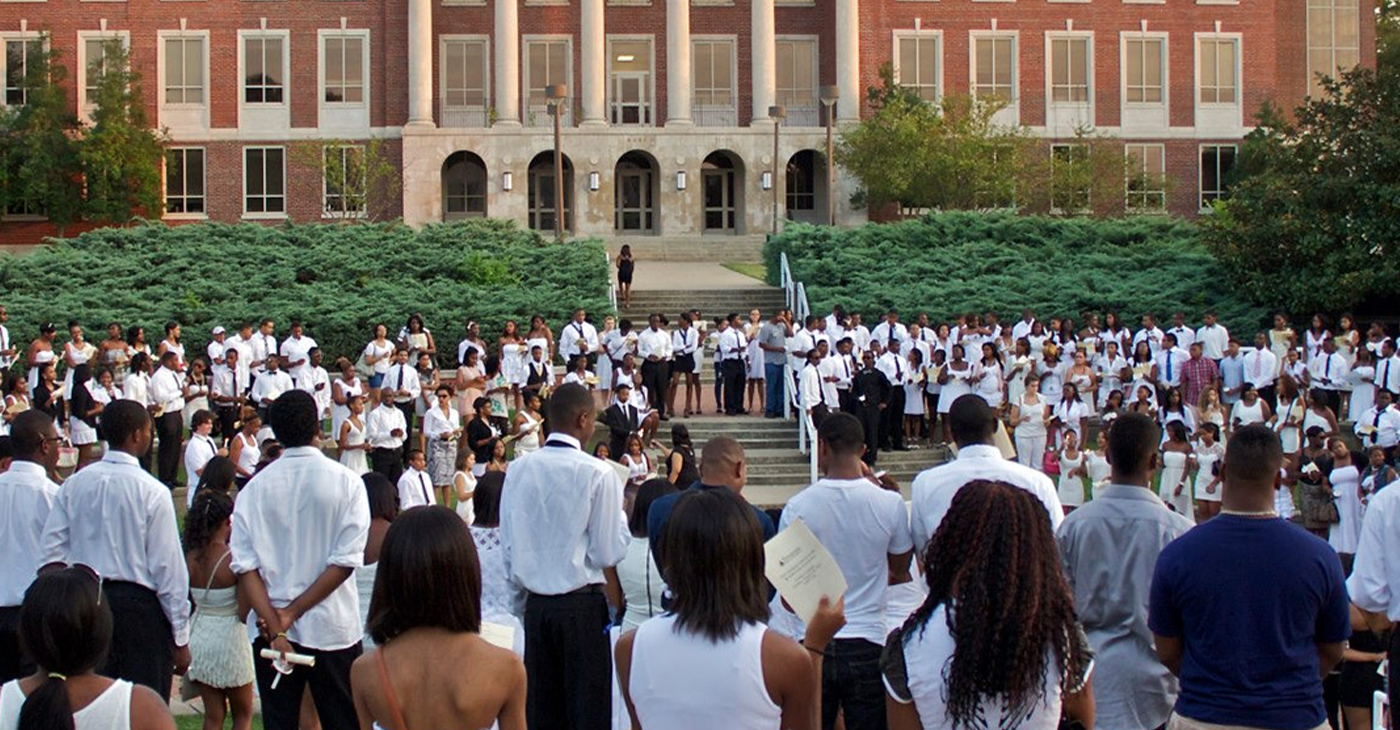
By Stacy M. Brown, NNPA Newswire Senior National Correspondent
@StacyBrownMedia
Tennessee State University (TSU), the state’s only public historically Black college and university (HBCU), faces a tumultuous future as Gov. Bill Lee dissolved its board, a move supported by racist conservatives and MAGA Republicans in the Tennessee General Assembly, who follow the lead of the twice-impeached, four-times indicted, alleged sexual predator former President Donald Trump. Educators and others have denounced the move as an attack on diversity, equity, and inclusion (DE&I) and a grave setback for higher education.
Critics argue that TSU’s purported financial mismanagement is a manufactured crisis rooted in decades of underinvestment by the state government. They’ve noted that it continues a trend by conservatives and the racist MAGA movement to eliminate opportunities for Blacks in education, corporate America, and the public sector.
Gevin Reynolds, a former speechwriter for Vice President Kamala Harris, emphasizes in an op-ed that TSU’s financial difficulties are not the result of university leadership because a recent audit found no evidence of fraud or malfeasance.
Reynolds noted that the disbanding of TSU’s board is not an isolated incident but part of a broader assault on DE&I initiatives nationwide. Ten states, including Tennessee, have enacted laws banning DE&I policies on college campuses, while governors appointing MAGA loyalists to university trustee positions further undermine efforts to promote inclusivity and equality.
Moreover, recent legislative actions in Tennessee, such as repealing police reform measures enacted after the killing of Tyre Nichols, underscore a troubling trend of undermining local control and perpetuating racist agendas. The new law preventing local governments from restricting police officers’ authority disregards community efforts to address systemic issues of police violence and racial profiling.
The actions echo historical efforts to suppress Black progress, reminiscent of the violent backlash against gains made during the Reconstruction era. President Joe Biden warned during an appearance in New York last month that Trump desires to bring the nation back to the 18th and 19th centuries – in other words, to see, among other things, African Americans back in the chains of slavery, women subservient to men without any say over their bodies, and all voting rights restricted to white men.
The parallels are stark, with white supremacist ideologies used to justify attacks on Black institutions and disenfranchise marginalized communities, Reynolds argued.
In response to these challenges, advocates stress the urgency of collective action to defend democracy and combat systemic racism. Understanding that attacks on institutions like TSU are symptomatic of broader threats to democratic norms, they call for increased civic engagement and voting at all levels of government.
The actions of people dedicated to upholding the principles of inclusivity, equity, and justice for all will determine the outcome of the ongoing fight for democracy, Reynolds noted. “We are in a war for our democracy, one whose outcome will be determined by every line on every ballot at every precinct,” he stated.
The post Tennessee State University Board Disbanded by MAGA Loyalists as Assault on DE&I Continues first appeared on BlackPressUSA.
#NNPA BlackPress
Braxton Haulcy and the Expansion of Walker|West Music Academy
May 24, 2023 – Walker West Music Academy gets an early start on expansion. Join us for a Wednesday episode of The …
The post Braxton Haulcy and the Expansion of Walker|West Music Academy first appeared on BlackPressUSA.

May 24, 2023 – Walker West Music Academy gets an early start on expansion. Join us for a Wednesday episode of The …
The post Braxton Haulcy and the Expansion of Walker|West Music Academy first appeared on BlackPressUSA.
-

 Activism4 weeks ago
Activism4 weeks agoOakland Post: Week of March 27 – April 2, 2024
-
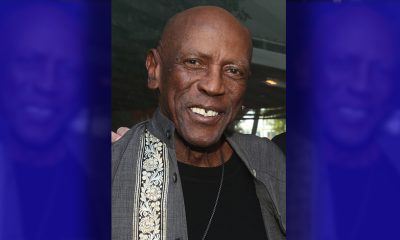
 #NNPA BlackPress4 weeks ago
#NNPA BlackPress4 weeks agoBeloved Actor and Activist Louis Cameron Gossett Jr. Dies at 87
-
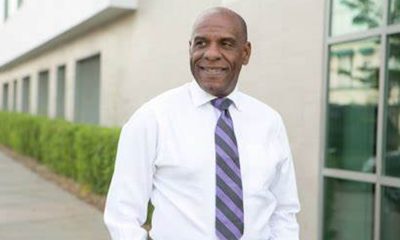
 Community1 week ago
Community1 week agoFinancial Assistance Bill for Descendants of Enslaved Persons to Help Them Purchase, Own, or Maintain a Home
-

 Activism3 weeks ago
Activism3 weeks agoOakland Post: Week of April 3 – 6, 2024
-
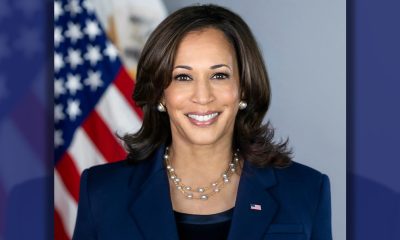
 Business1 week ago
Business1 week agoV.P. Kamala Harris: Americans With Criminal Records Will Soon Be Eligible for SBA Loans
-
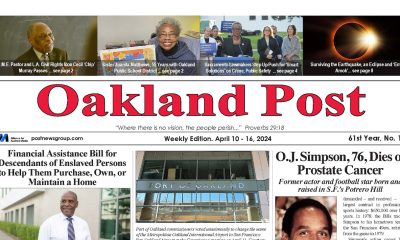
 Activism2 weeks ago
Activism2 weeks agoOakland Post: Week of April 10 – 16, 2024
-
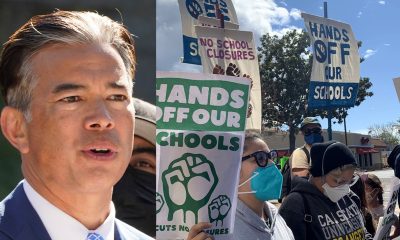
 Community1 week ago
Community1 week agoAG Bonta Says Oakland School Leaders Should Comply with State Laws to Avoid ‘Disparate Harm’ When Closing or Merging Schools
-

 Community6 days ago
Community6 days agoOakland WNBA Player to be Inducted Into Hall of Fame



